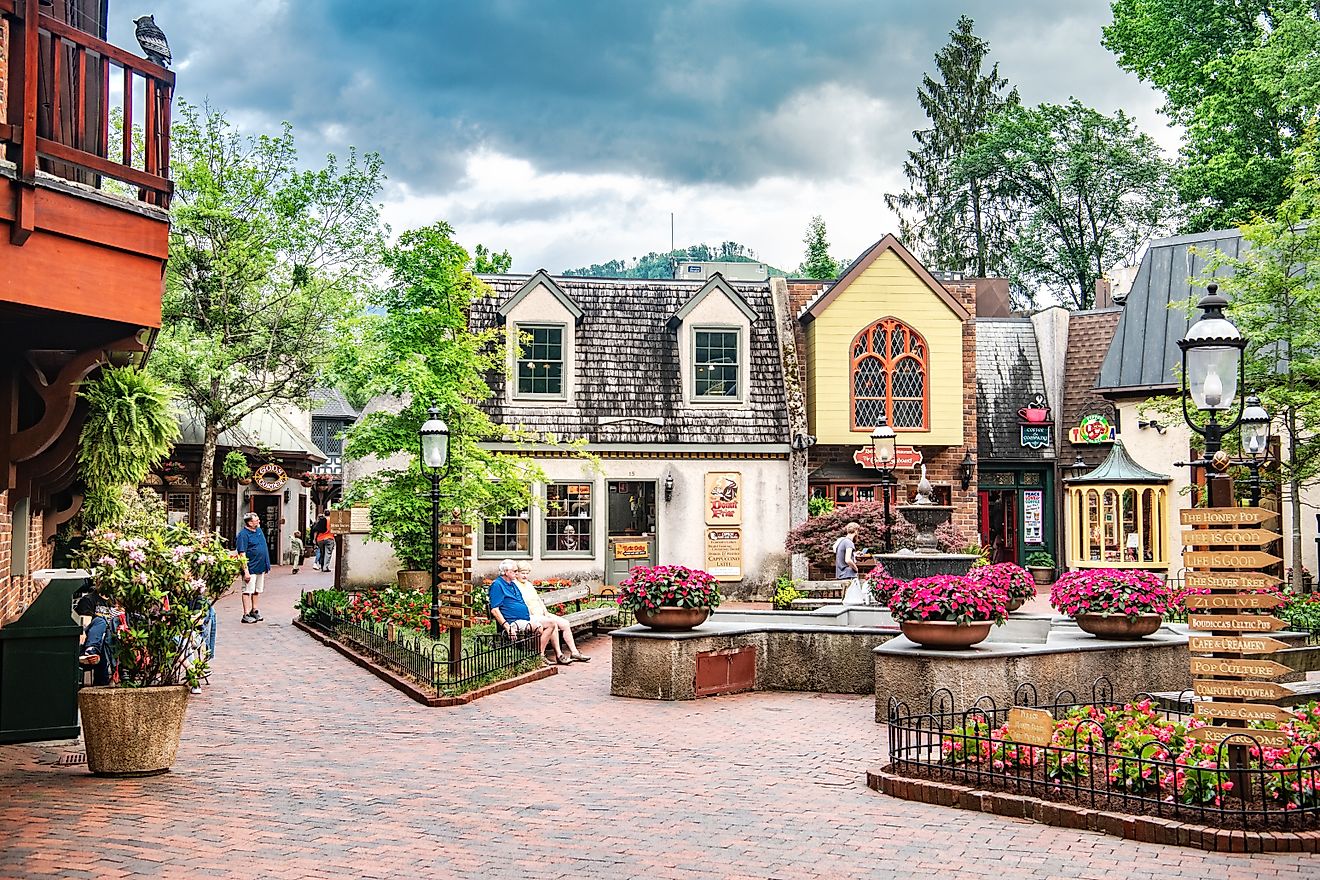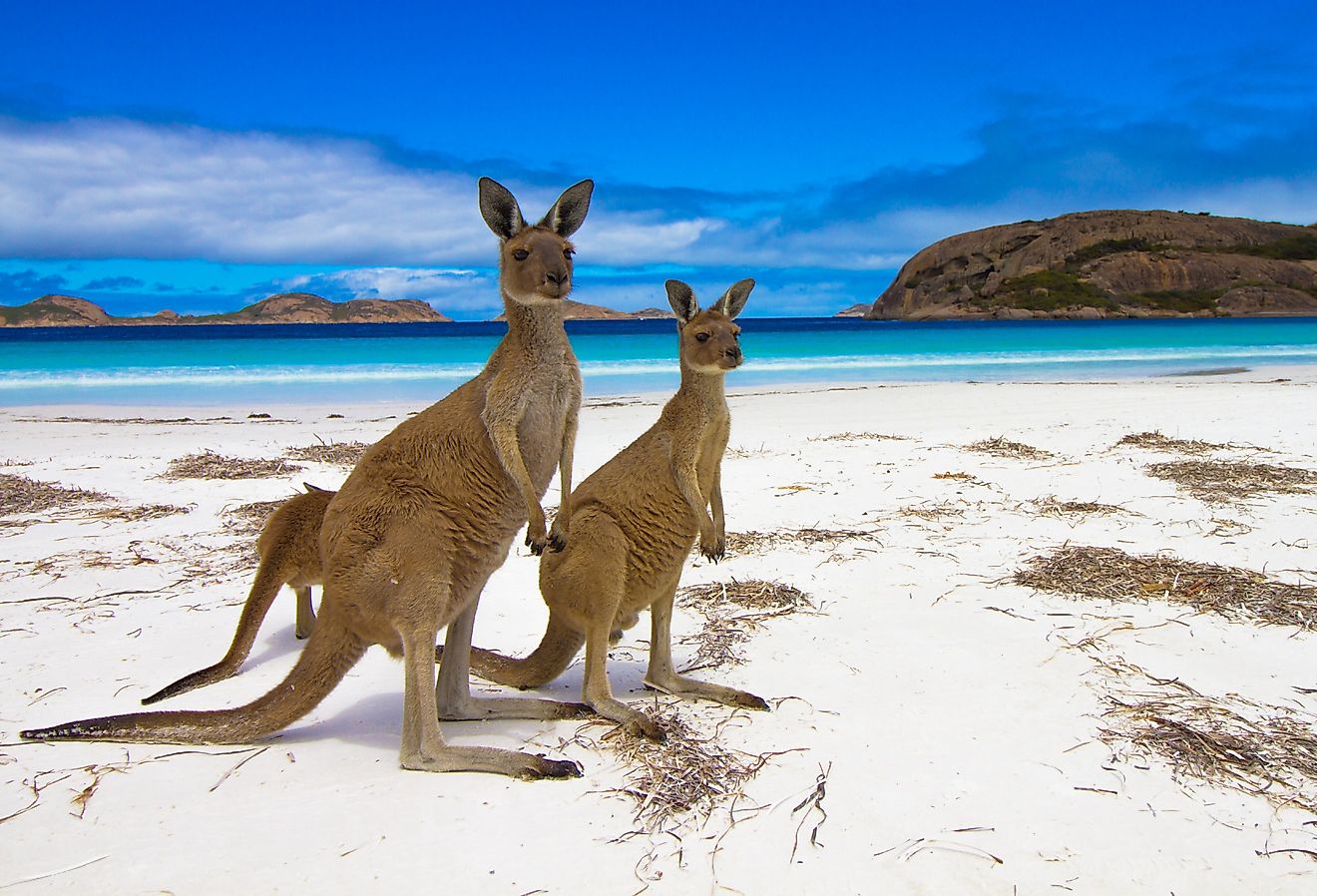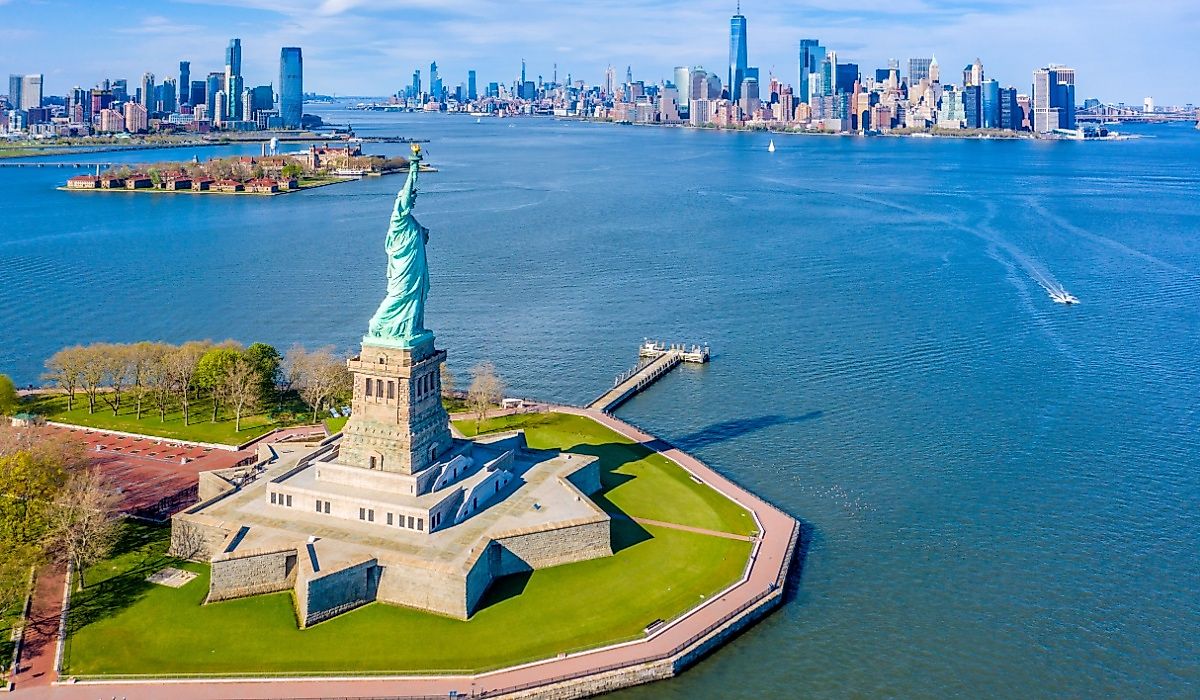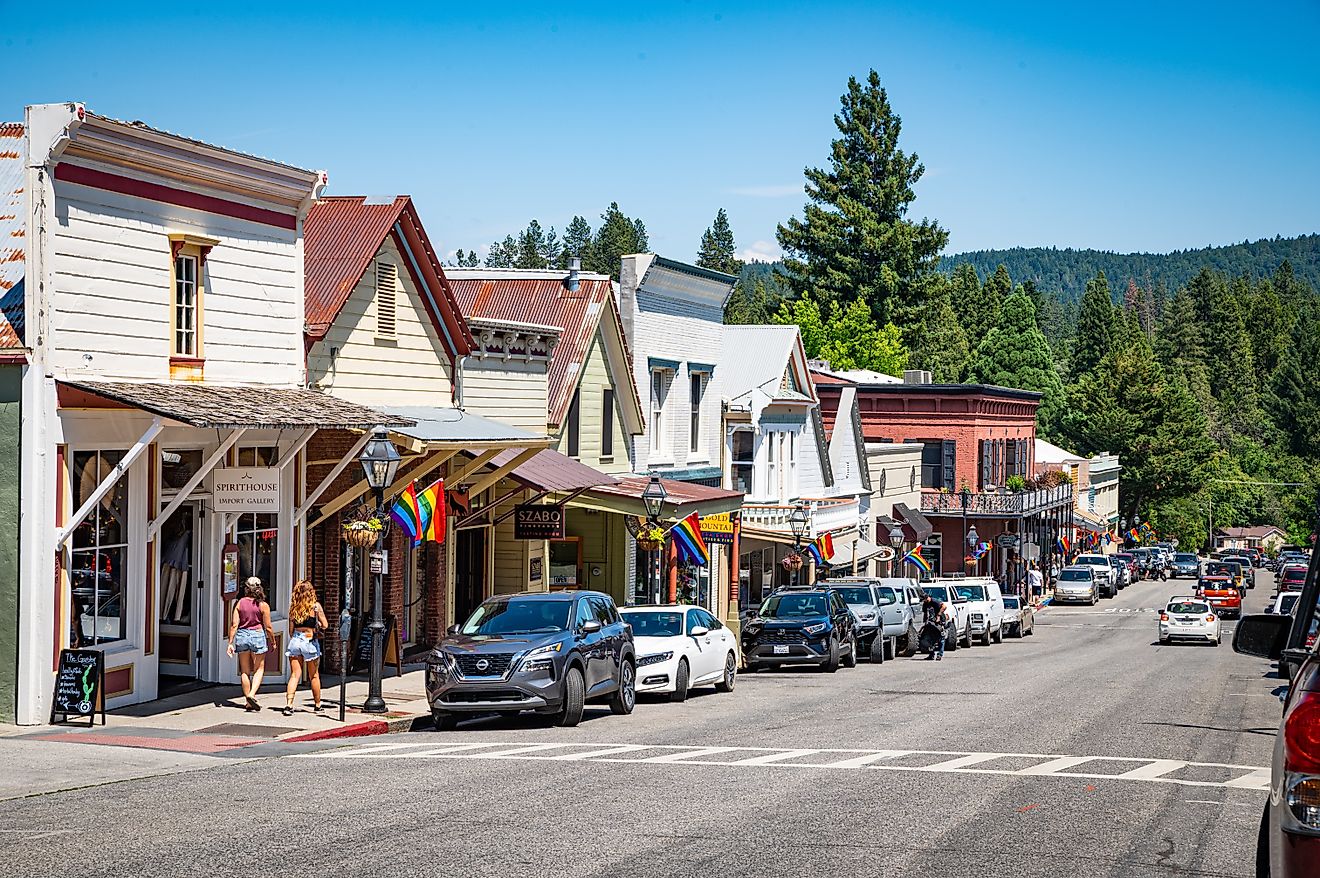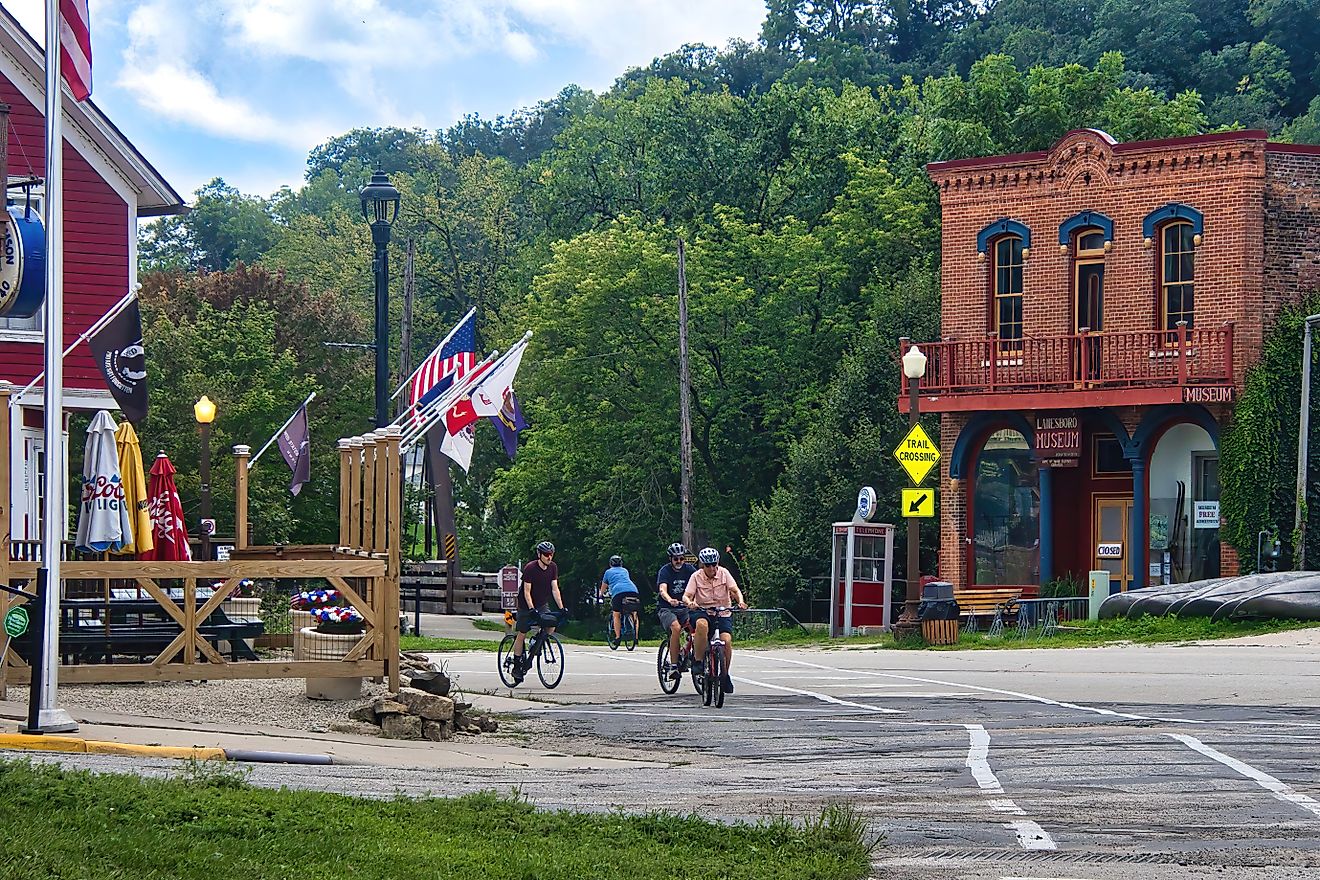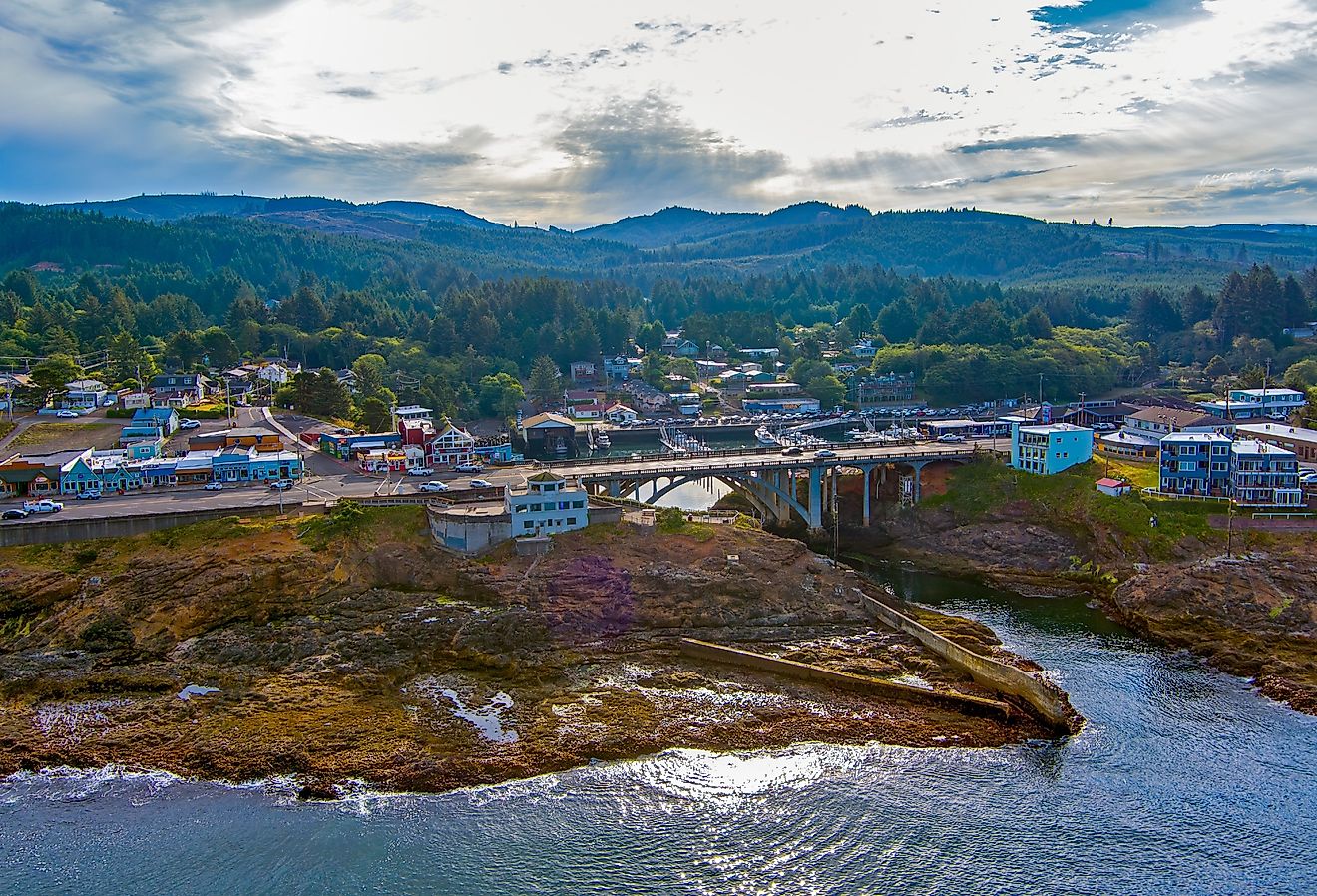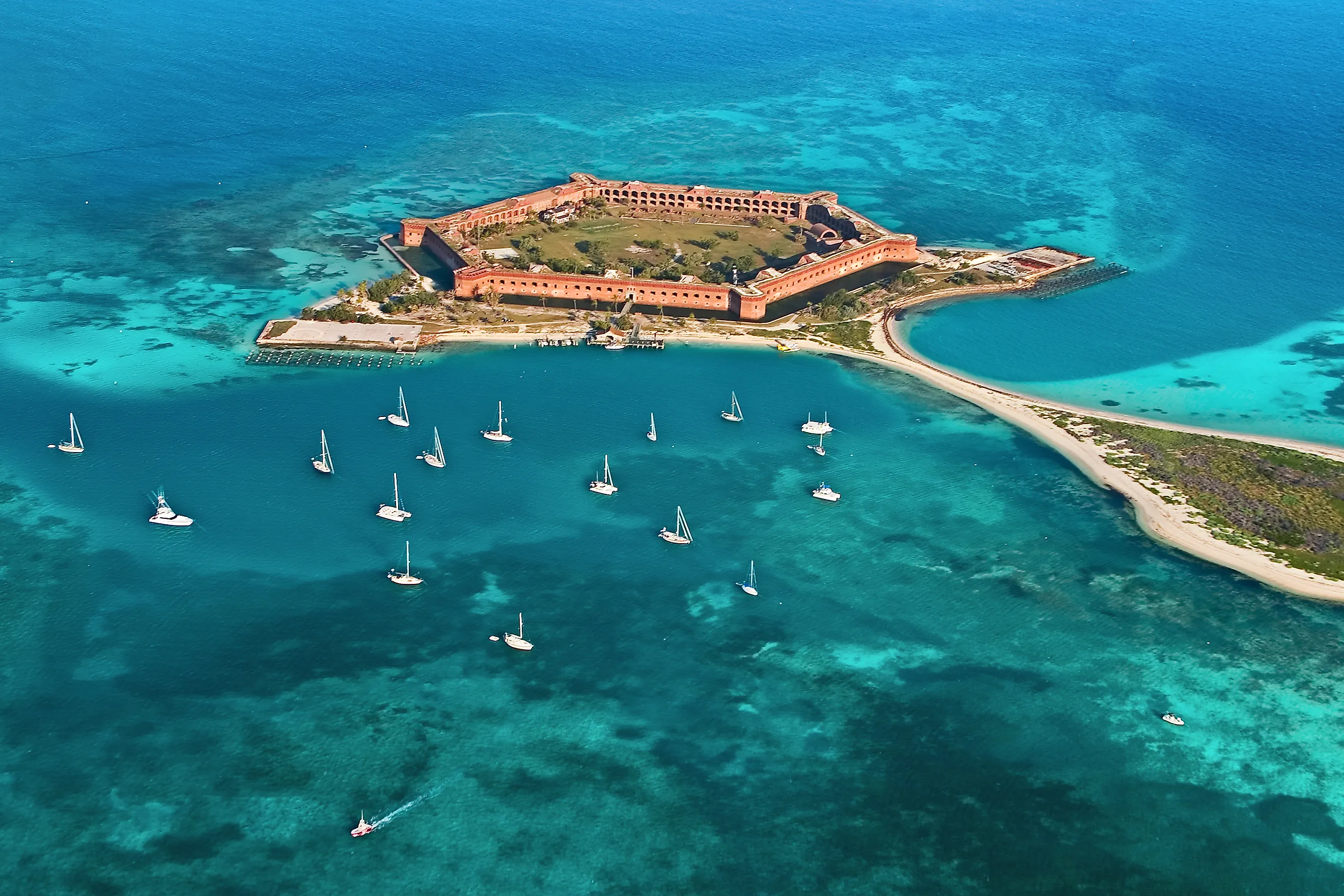
Turquoise Dreams at Dry Tortugas National Park
It’s December. The sky is grey, it’s dark outside long before you get off work, and you have to watch your step so you won’t slip on a sneaky patch of ice. Winter is settling in, and you think you’d pay anything to go back to those sunny July days when you didn’t know how good you had it. What if we told you there was a National Park for that?
South Florida, with its year-round sunshine and balmy winter warmth, has long been a favorite snowbird destination. But there’s much more to it than the white sand and chaos of South Beach on New Year’s Eve. Make the drive down the Florida Keys to its southern terminus at Key West, hop on a ferry or a seaplane, and spend a leisurely hour in transit, and you’ll find yourself in an untouched Caribbean wonderland you never knew was there.
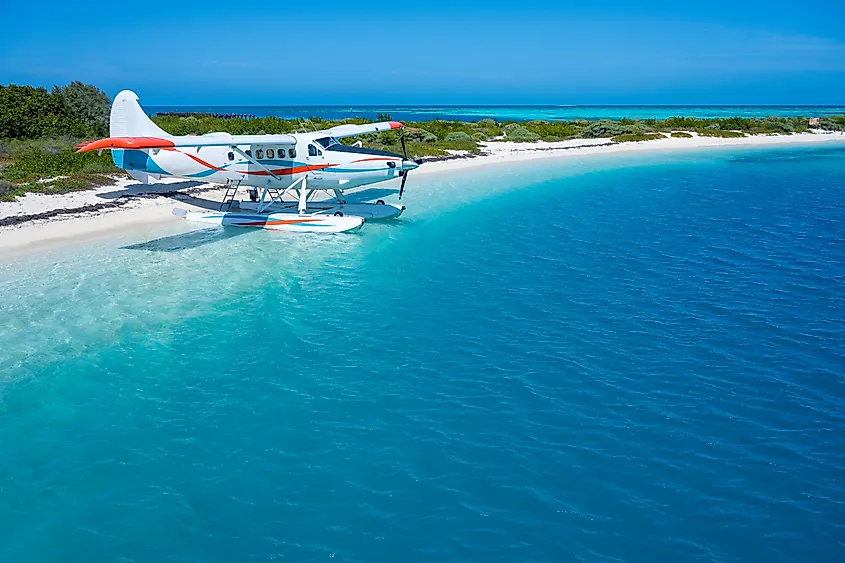
Dry Tortugas National Park is an unsung gem, but that’s all the better for you. Beat the retiree crowds and the snowbird families down to the Keys and you’ll find you have the place nearly to yourself. Seaplane to Dry Tortugas National Park, snorkel Fort Jefferson’s turquoise moat - and forget for a little while that it’s minus 20 degrees back home. You deserve it.
About Dry Tortugas National Park
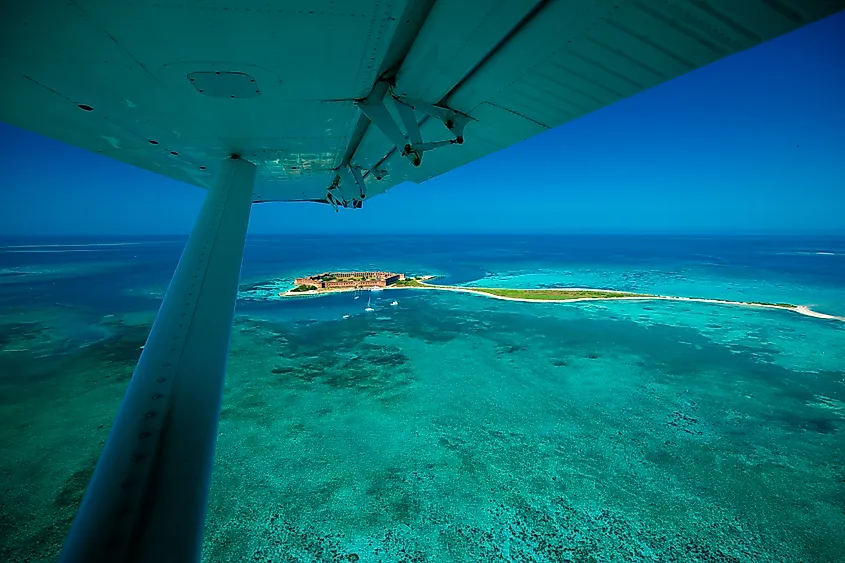
One thing to know about Dry Tortugas National Park before we get into any specifics: it’s almost all underwater. Although seven islands dot the park’s 100 square mile expanse of protected waters, it’s under the surface that you’ll see what makes this park truly extraordinary. And to understand why it’s so unique, first, we have to understand where it is to begin with.
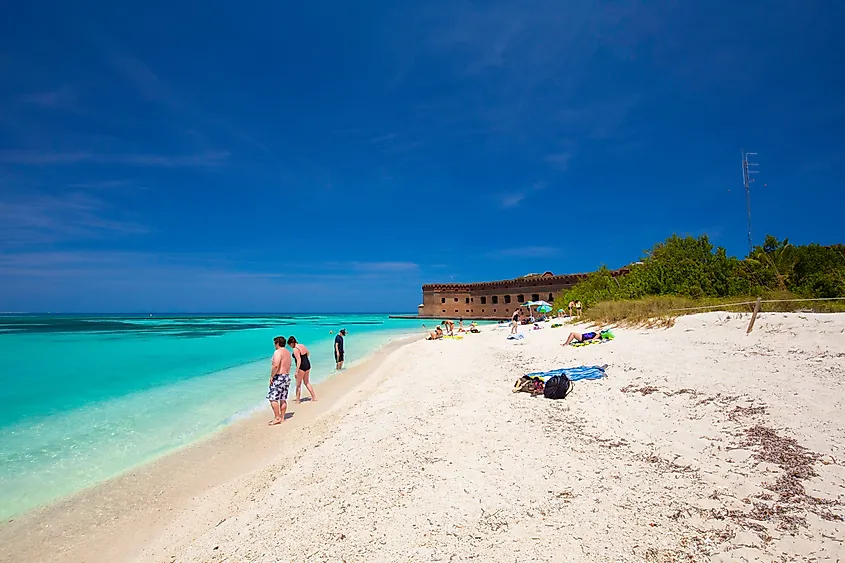
Located 70 miles west of Key West, Dry Tortugas National Park lies at the extreme end of a chain of islands stretching far out into the Gulf of Mexico (Gulf of America). Though connected to mainland Florida by highway, the Florida Keys are a world apart — more relaxed in pace, more tropical in climate. There’s more of the Caribbean here than anywhere else in Florida.
And with that comes an ecosystem you won’t find anywhere else in the continental U.S. Brilliant turquoise sea, swaying palms, vibrant coral reefs: if you’re looking for a taste of the Tropics on mainland soil, you’ll find it here.
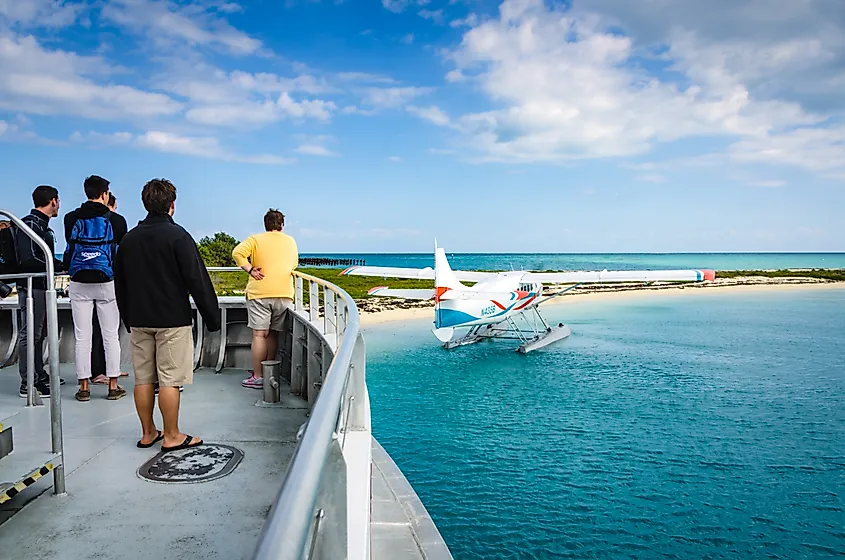
But it won’t exactly come easily. After you make the three-and-a-half-hour drive down to Key West from the tip of mainland Florida, you’ll have to take a ferry (the cheaper option) or a seaplane (the faster one) to the park. (Those with private boats may take advantage, but it’s quite the trek.) Then, you’ll find essentially no conveniences in the park: the only land for miles around belongs to the seven coral atolls that dot the inviting blue-green sea. Its only land feature of note, in fact, is the 1800s Fort Jefferson, an unfinished military fort that was meant to protect the shipping lanes that passed by the island.
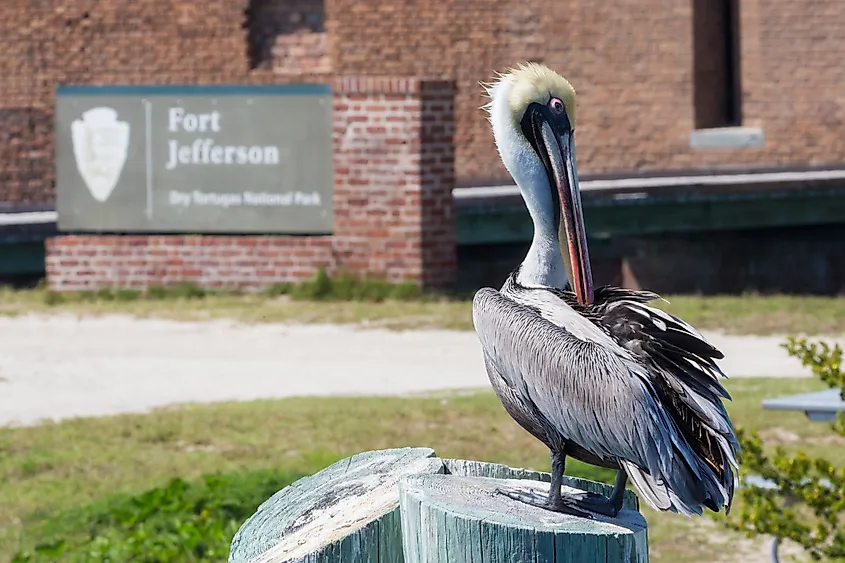
That said, Dry Tortugas National Park’s sparse remaining land has one other surprising draw: birds. The park’s seven islands host hundreds of thousands of nesting birds each year, belonging to almost 300 species; many of them are found nowhere else in the Lower 48. If you’re a birder looking to score some new species without booking that international flight, this is the place.
Park History
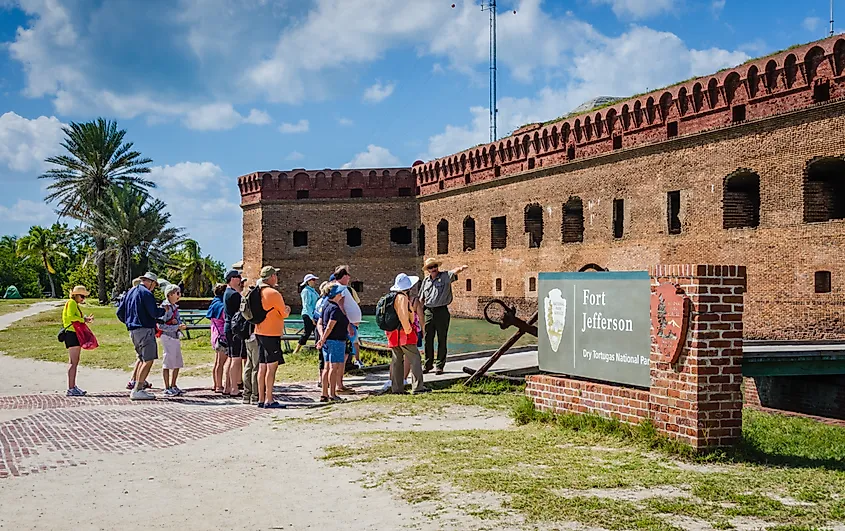
Dry Tortugas National Park may be remote, but for hundreds of years, it was right in the middle of the action on one of the busiest trade routes in the Americas. Located strategically in a corridor that connected the Atlantic Ocean to the Gulf of Mexico, it was at the center of a major shipping channel. From the earliest days of Spanish colonization in the Americas (the islands were surveyed and named by Ponce de Leon in 1513) to the U.S. Civil War, the seven islands of Dry Tortugas National Park saw the passage of countless ships on their way to and from the mainland.
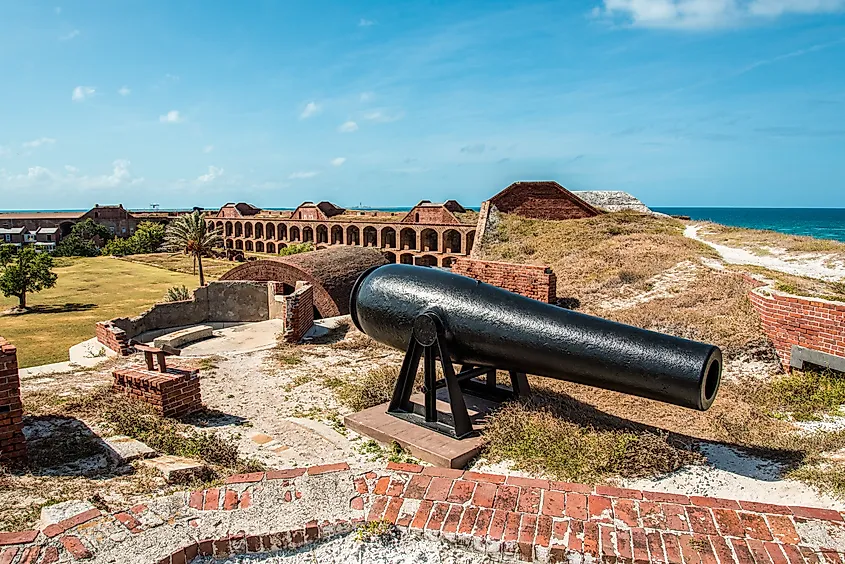
That strategic location eventually gave rise to a hugely ambitious building project intended to protect one of the nation’s most geographically ideal harbors. The construction of Fort Jefferson began in 1846, and at the time, it was one of the largest military forts in the world. But the intervention of the Civil War and the inconvenience of the location continually curtailed construction until the project was abandoned before completion in 1875.
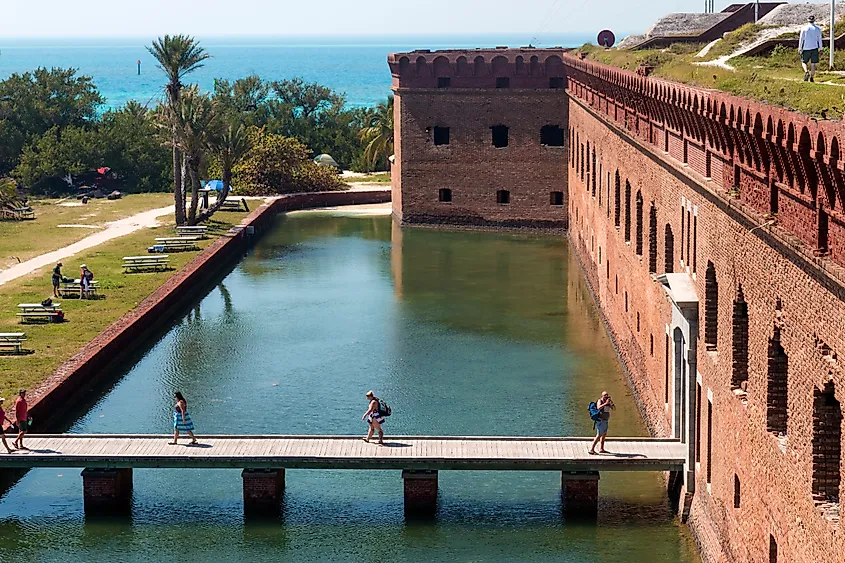
And although nowadays it’s the ecological value of Dry Tortugas National Park that makes it precious, it was that remarkable fort that put it on the radar of early preservationists. Though the area had already been designated as a bird refuge, the park got its real start with the creation of Fort Jefferson National Monument in 1935. In 1992, in recognition of the park’s natural treasures, the national monument was expanded and became the modern-day Dry Tortugas National Park.
Found Nowhere Else: Unique Features of Dry Tortugas National Park
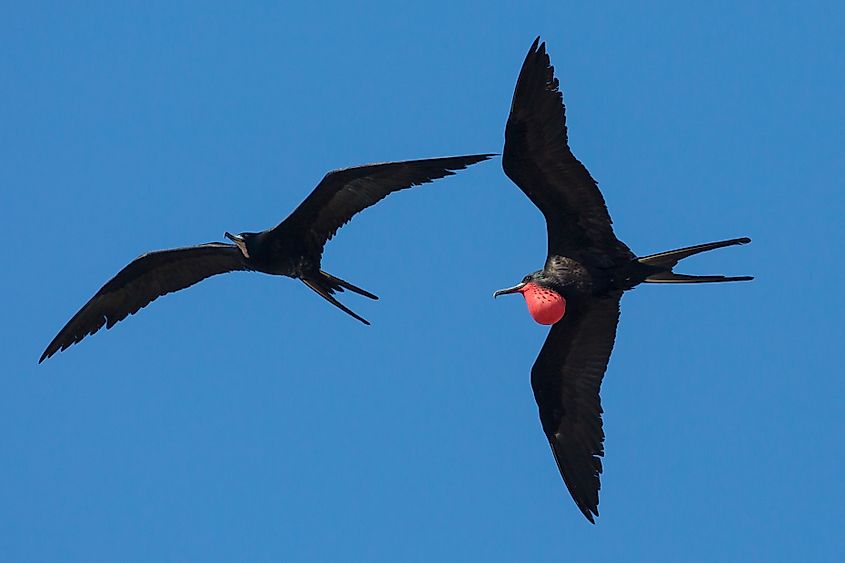
It’s easy to answer the question of what makes this park so special on the surface. Fort Jefferson is easily one of the most imposing military forts on U.S. soil, and its layered (and often checkered) history is uncommonly fascinating. Throw in the hundreds of thousands of seabirds that nest every year on the park’s islands, and you have a pretty good idea of why the Dry Tortugas were singled out for public use and preservation. But it is once again the underwater world that we have to look to if we want to understand the Dry Tortugas properly.
It’s no secret that Florida is a happening place. Faced with ever-present demands to accommodate a growing population, the state is developing rapidly, and that often comes at the expense of its natural habitats. But nothing much is developing at the far end of the Florida Keys; the coral reefs, seagrass beds, and forested keys are about as intact as any you’ll ever find. And it shows.
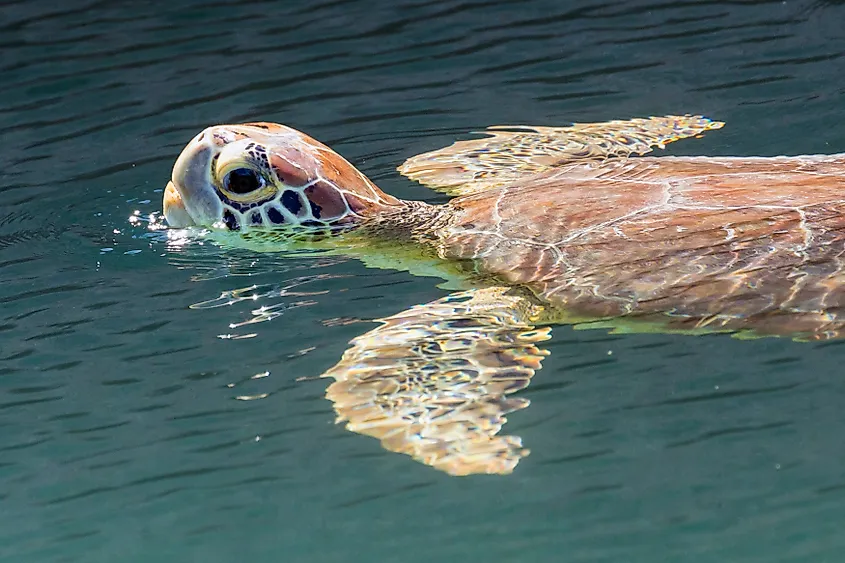
Birds that nest nowhere else in the U.S. arrive en masse to breed. Sea turtles haul out to nest, too. Thirty species of corals call these waters home, forming one of the healthiest reefs in these northernmost reaches of the tropical coral reef’s range. Although it’s threatened by disease and rising seawater temperatures, the reefs of Dry Tortugas make it one of the most extraordinary underwater ecosystems anywhere in the U.S.
Things to Do
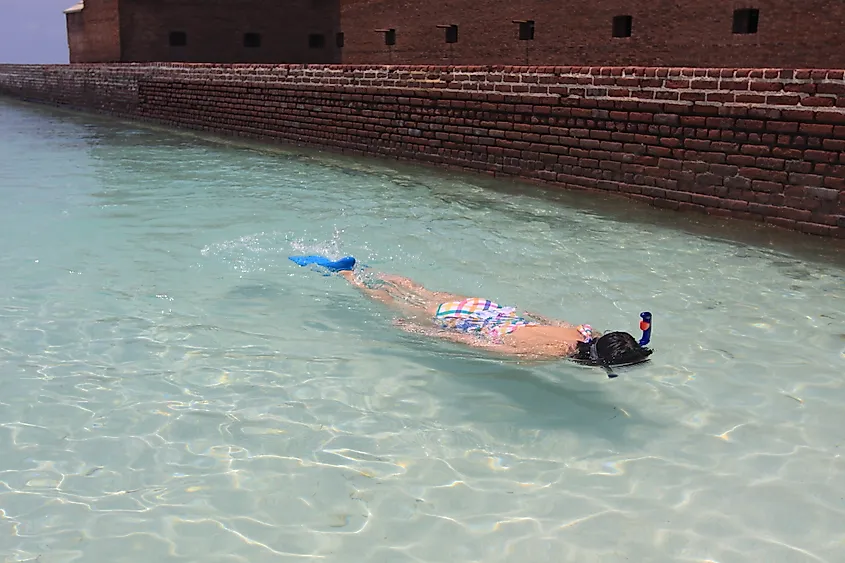
If you choose for it to be, a day at Dry Tortugas can be one of the least-stressful National Park visits imaginable. That’s because the same companies that operate the ferries and seaplanes that shuttle visitors into the park are in the tour business, too, arranging for activities from snorkeling to birdwatching. But if you want to do it yourself, you have a handful of options.
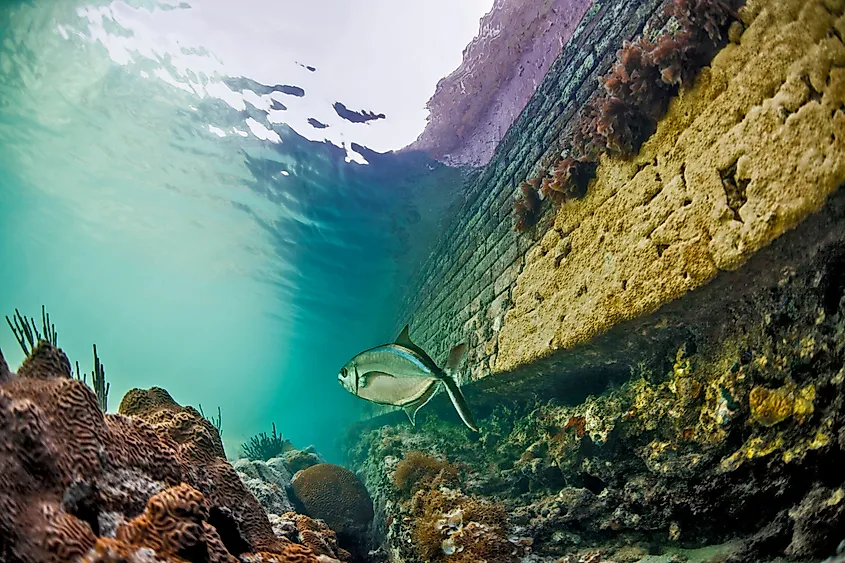
However you get to the island, you’ll most likely be dropped off on Garden Key. This is the island where you’ll find Fort Jefferson, so be sure to check it out — it’s not only a can’t-miss attraction, but nearly impossible to miss if you’re entering the park with any of the typical tour providers. Then, you’ll have the option of snorkeling around the wall of the fort’s moat - a fantastic way to get out on the water with minimal travel time — or taking a boat out to Texas Rock Coral Reef for spectacular coral sightings. Snorkeling further afield will require a boat, so check out officially-licensed tour providers if you’re interested in exploring more remote reaches of the park underwater.
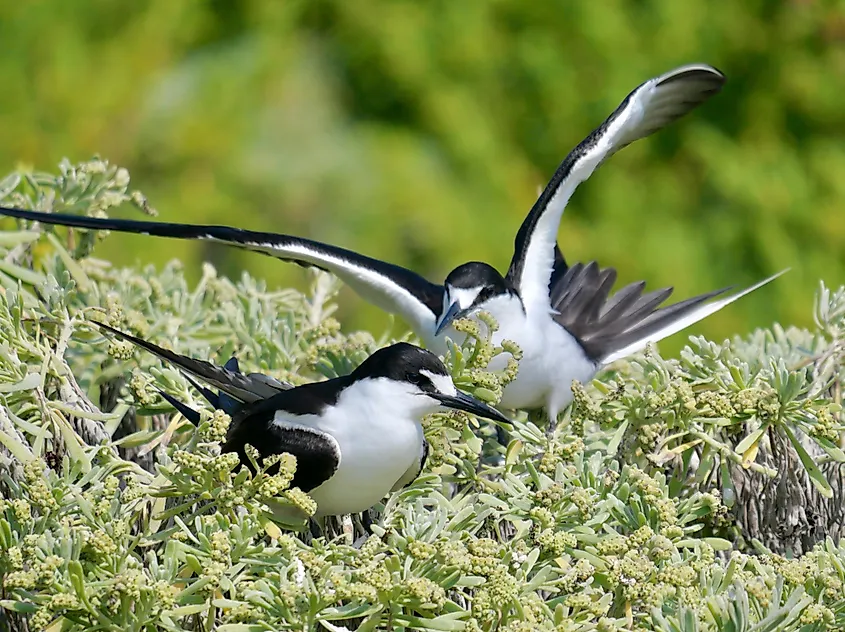
Speaking of boats, you can also paddle your own: kayaking is a popular park activity as well, perfectly suited to the calm, shallow waters surrounding the islands. From Garden Key, avid birders can kayak to Bush Key in the spring to spot nesting birds. And though you could choose to paddle to Loggerhead Key for excellent views, beaches, and marine life sightings, you should only attempt this open-water crossing if you’re superbly confident in your skills. That journey is best reserved for visitors with private boats, although docking space is currently very limited — check before you make plans to be sure there will be room.
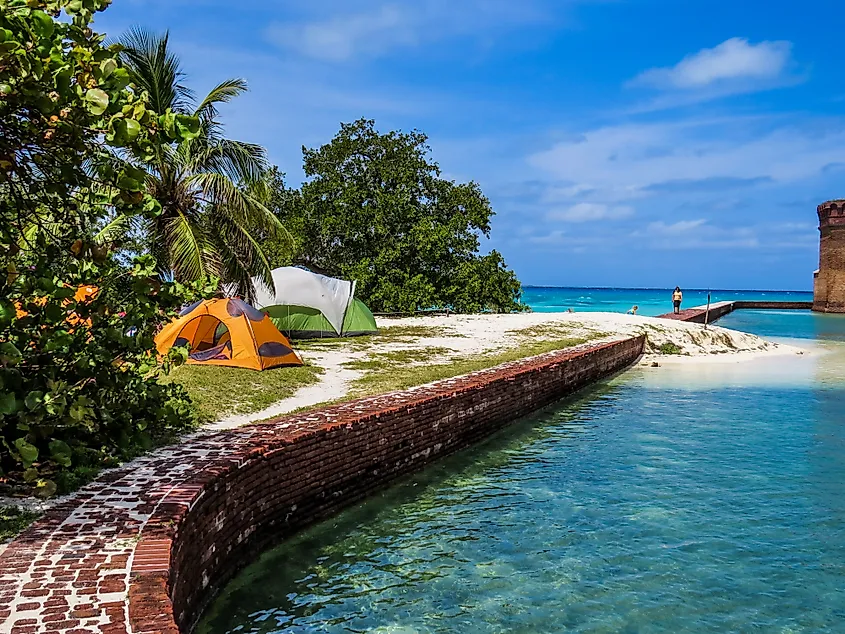
And finally, if a day trip to the Dry Tortugas sounds like too little time, overnight camping on Garden Key is permitted — albeit rustic. No reservations are required for the campsite, though you will need them if you plan to take the ferry over from Key West. Come nightfall, it’s about as close as you’ll ever get to being marooned on a tropical island; savvy visitors know that snorkeling the moat wall at night is a not-to-be-missed experience.
You may think you know Florida — palm-fringed beaches, retirement communities, wild spring breakers, and all. But until you visit this barely-touched stretch of turquoise sea, you’ll be missing out on a Florida that can’t be found anywhere else. This is as close as you’ll get to Florida as it was before the place was known more for its crazy headlines and exploding retiree population than its natural beauty. And it’s more than worth the trouble it takes to get there.
